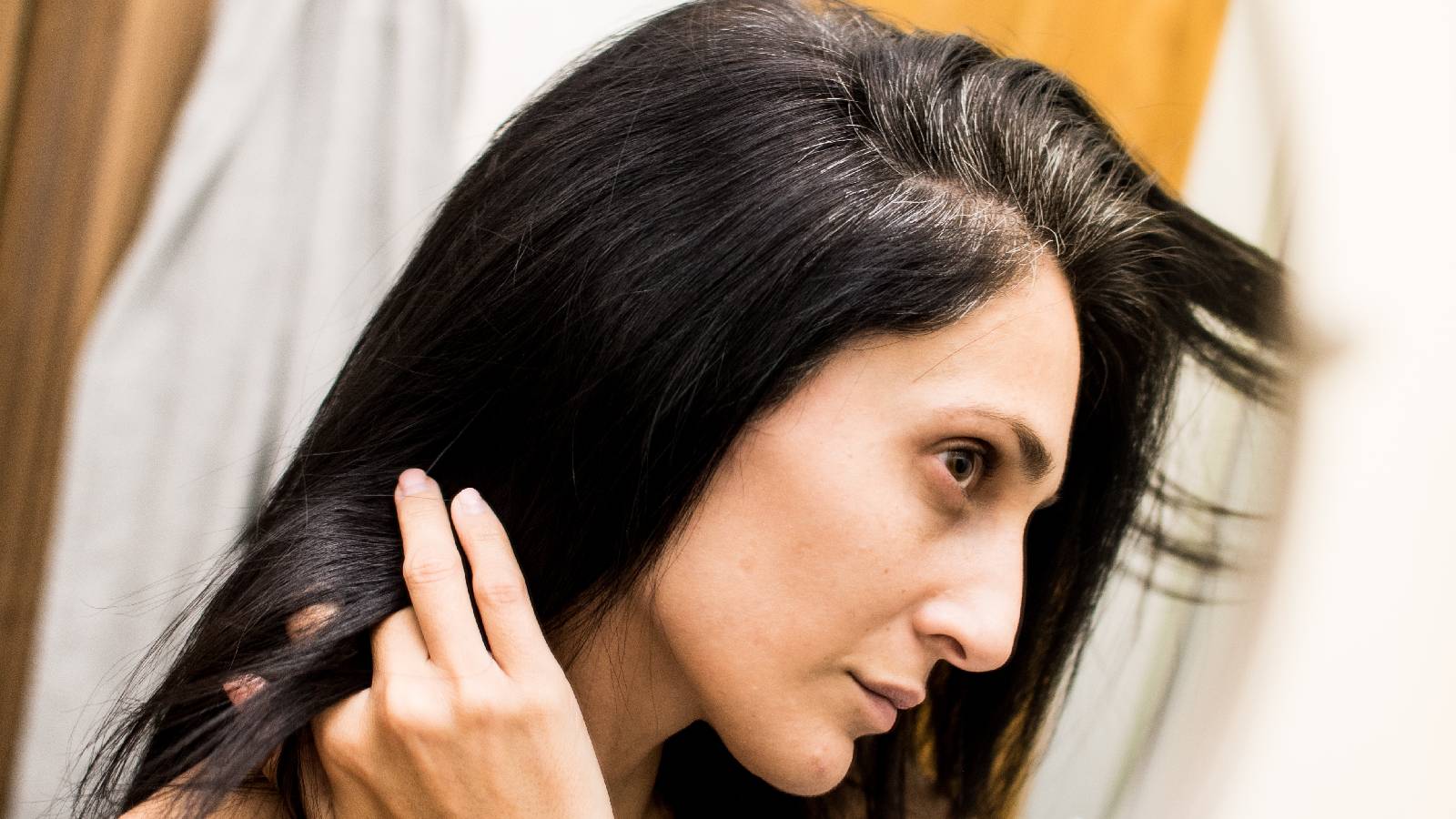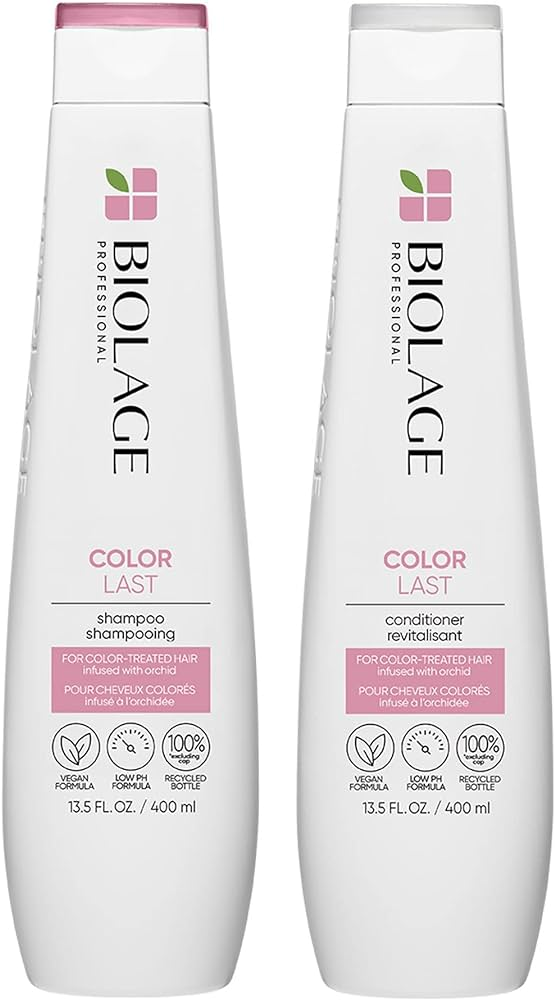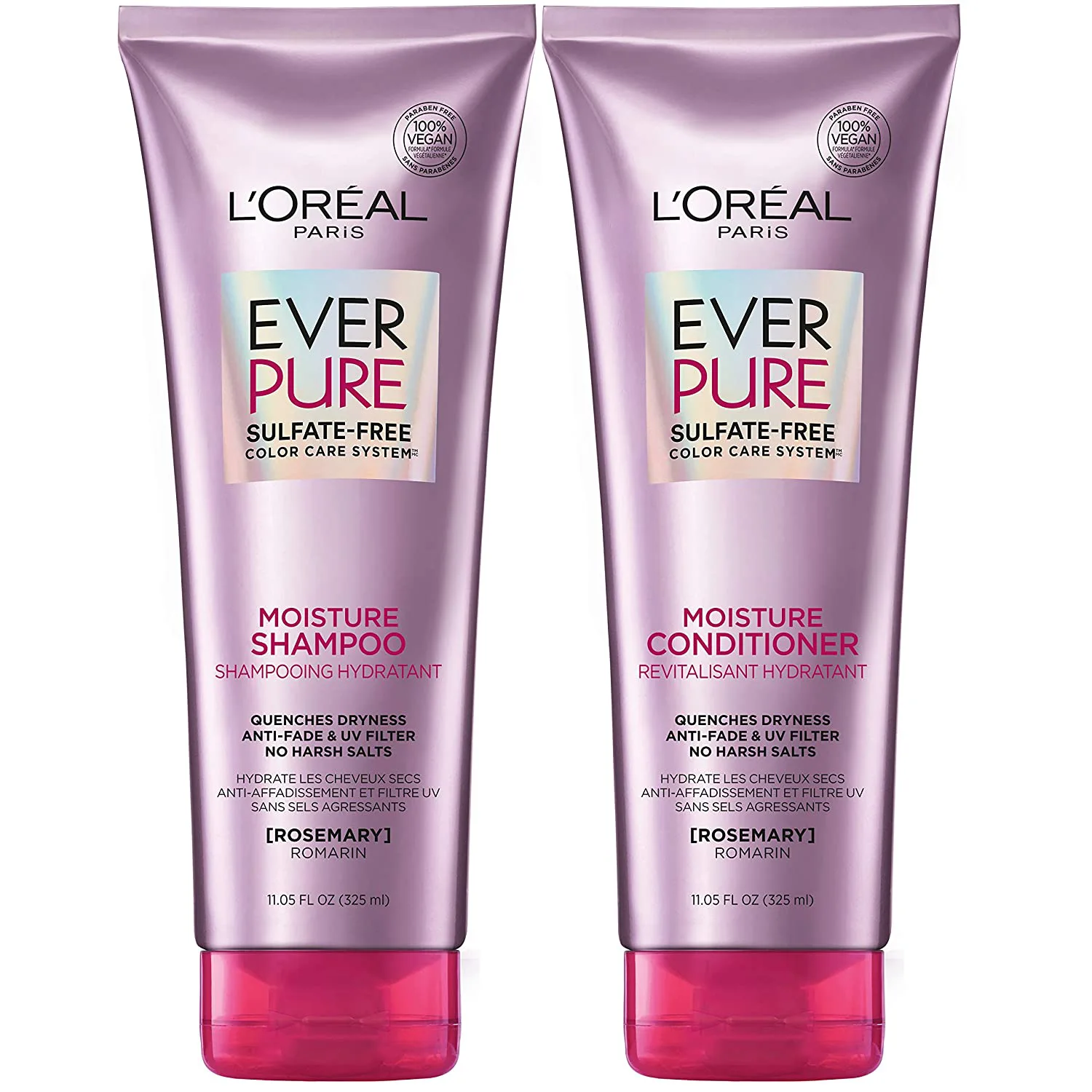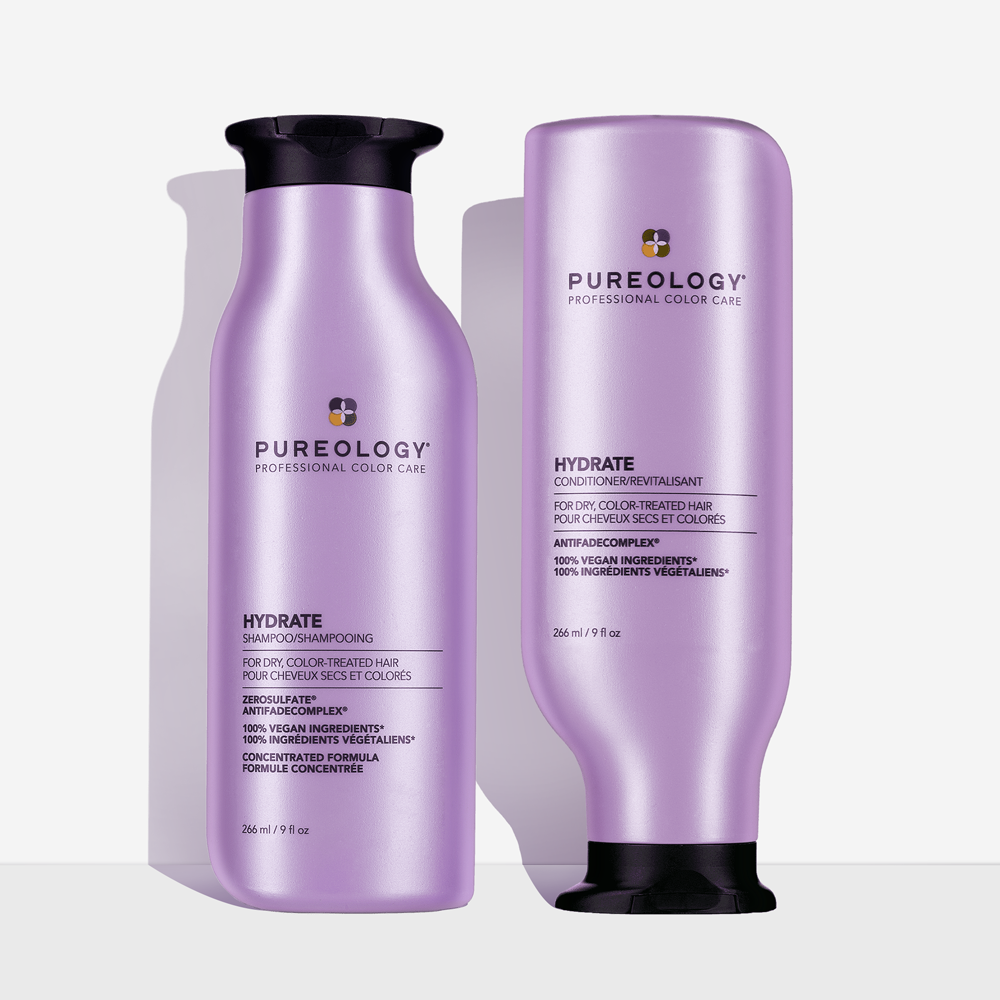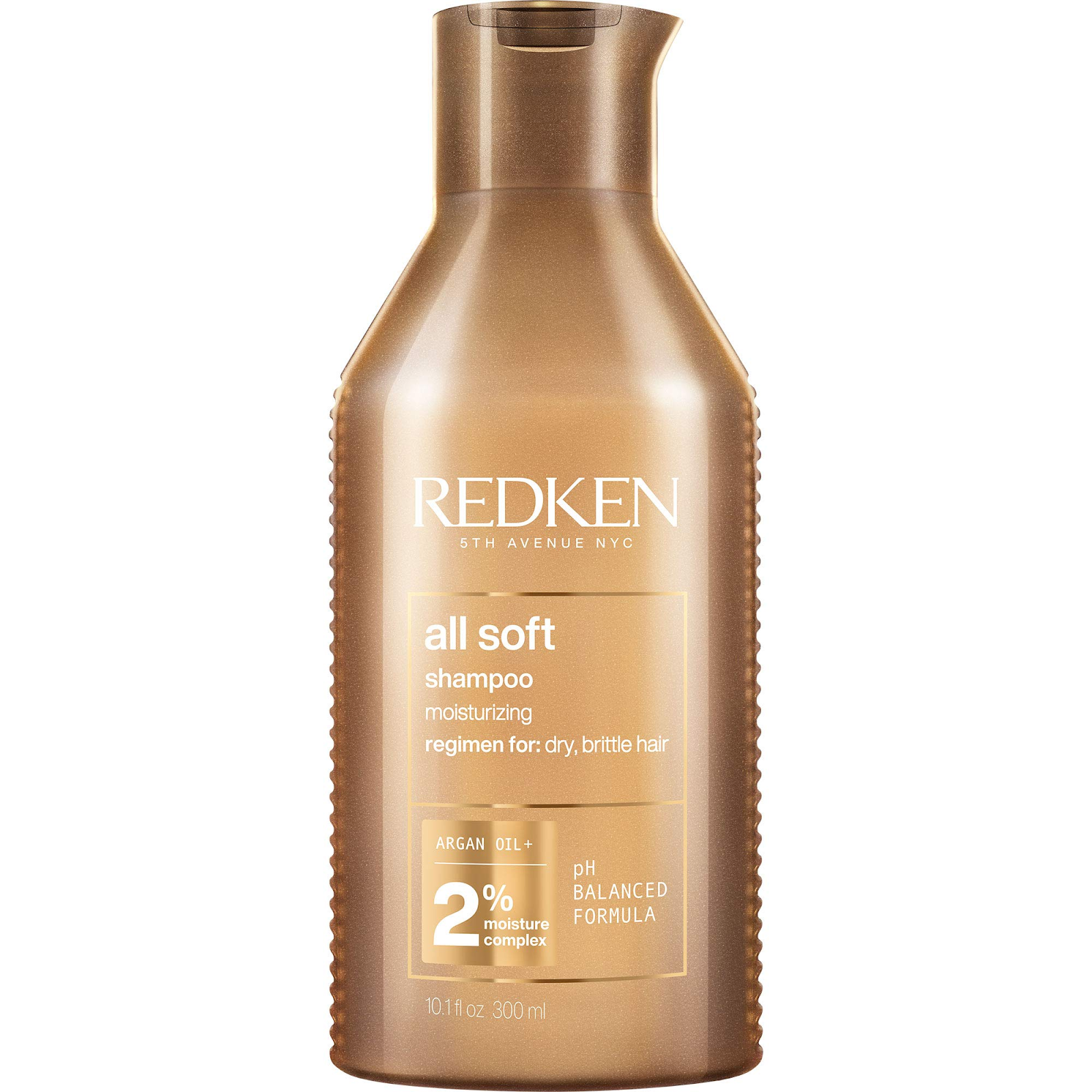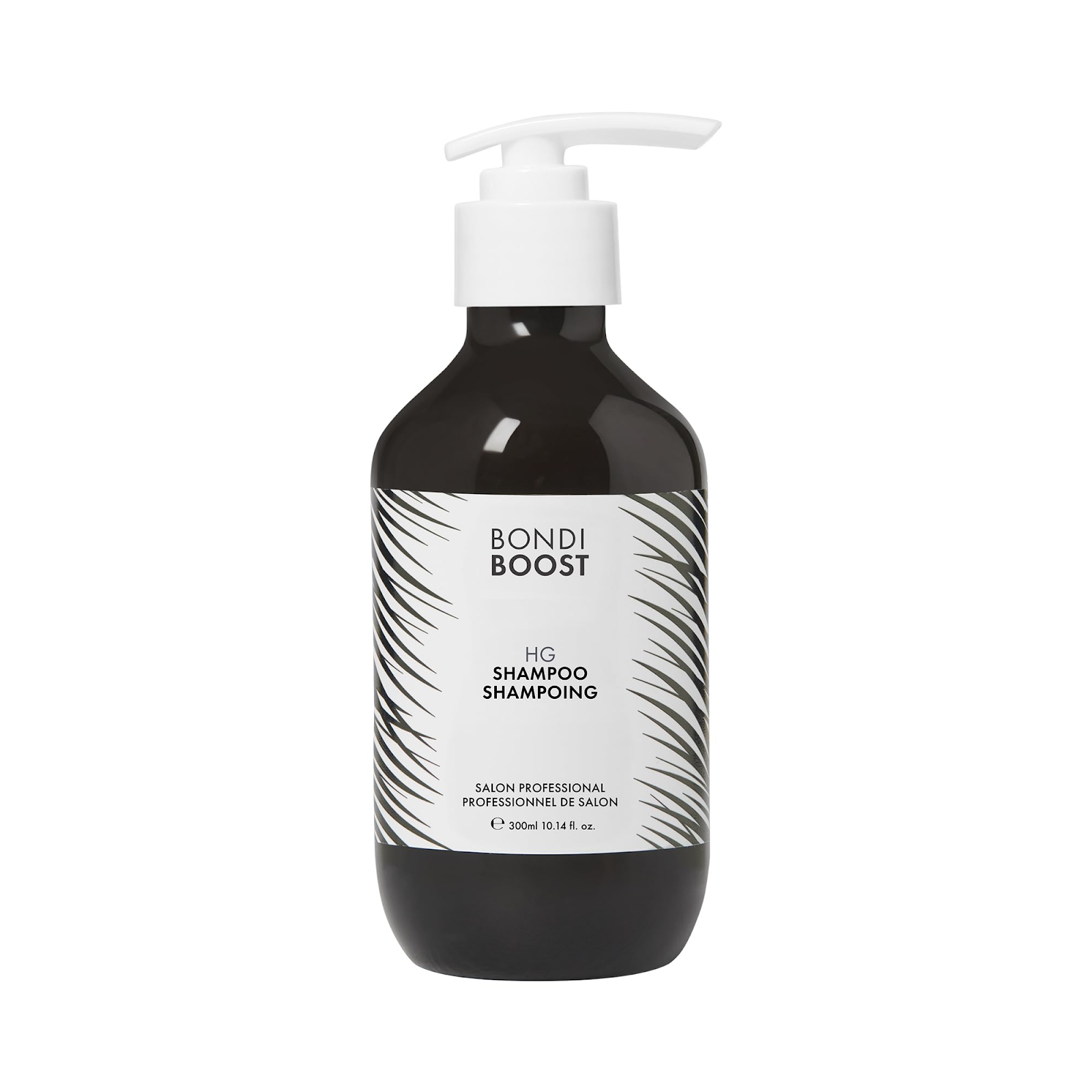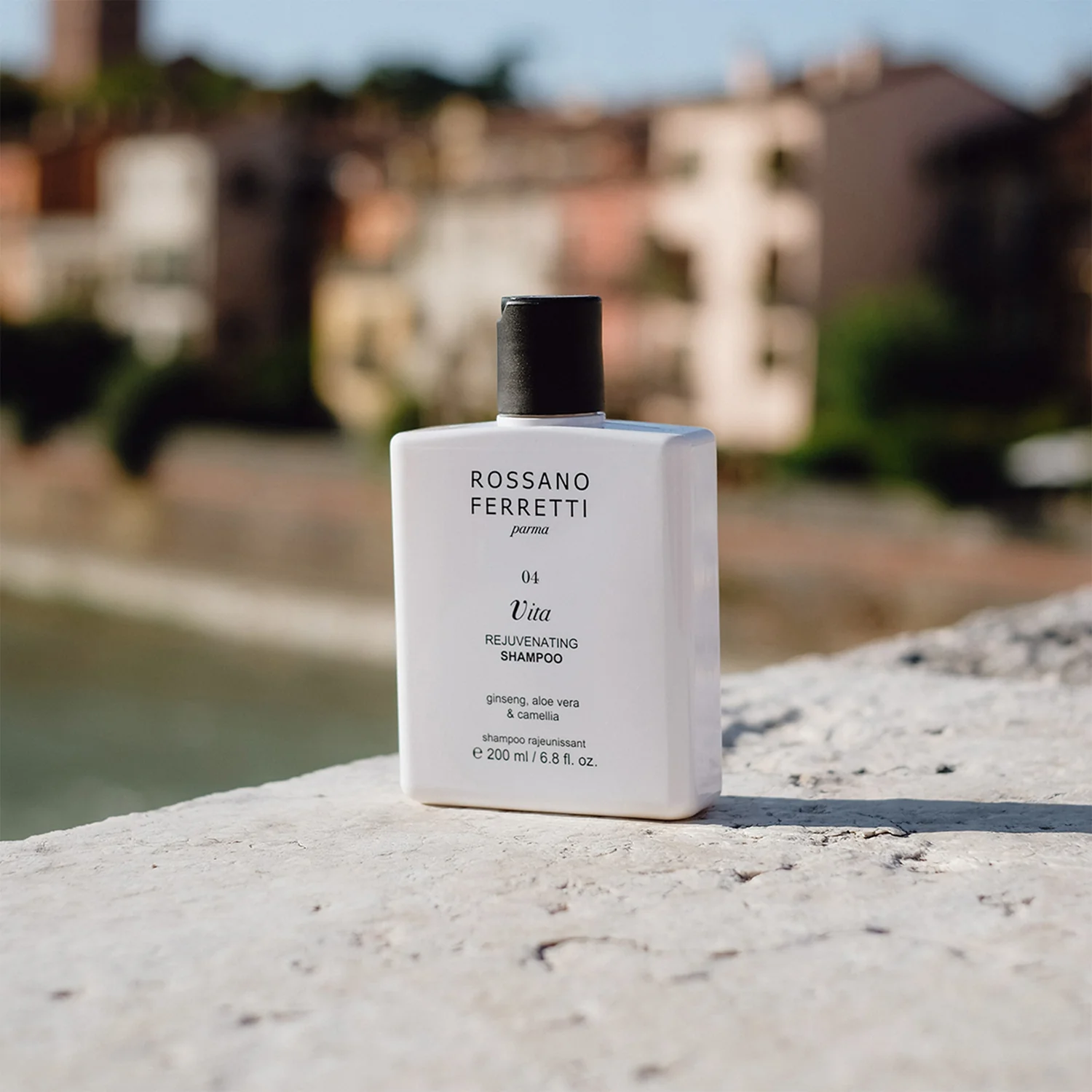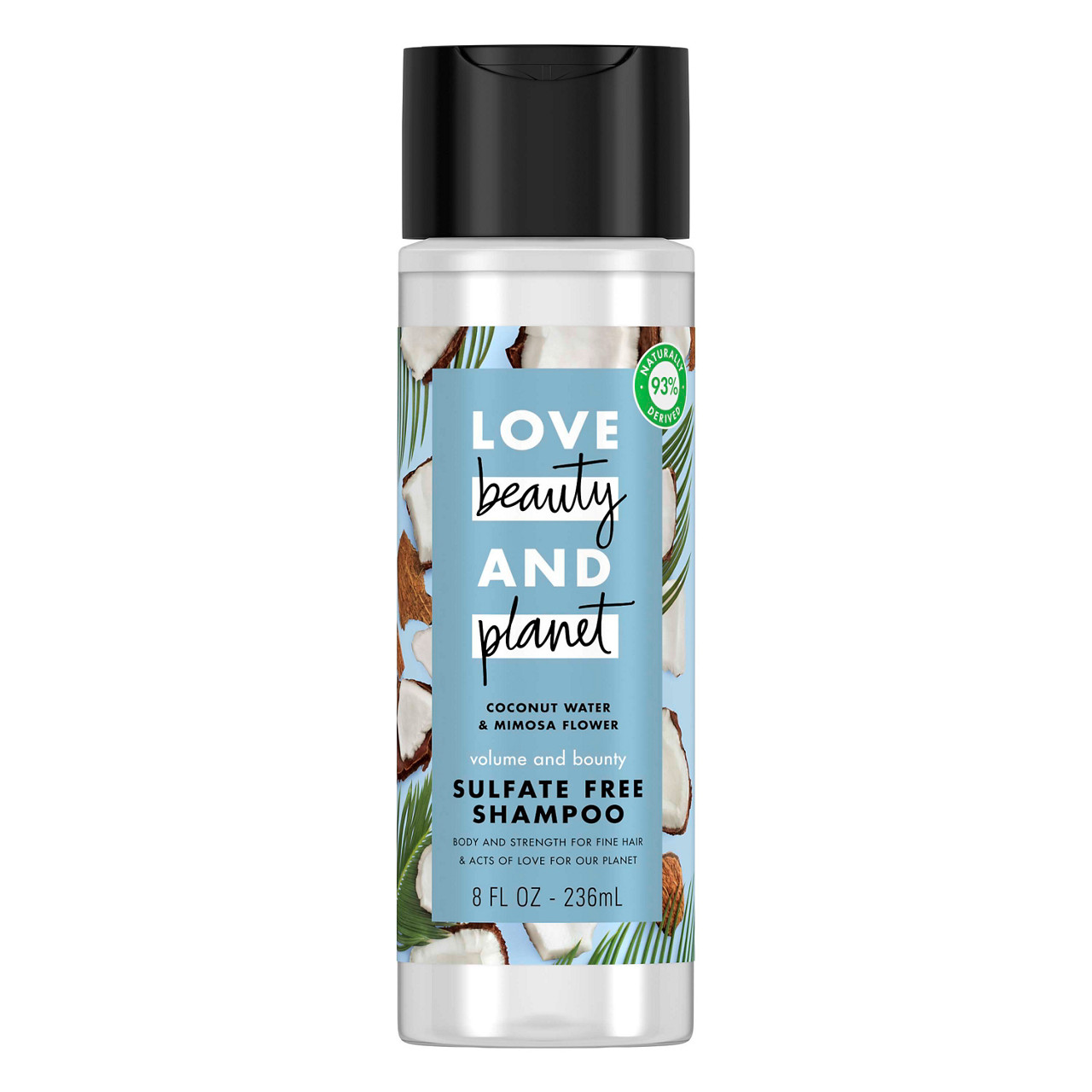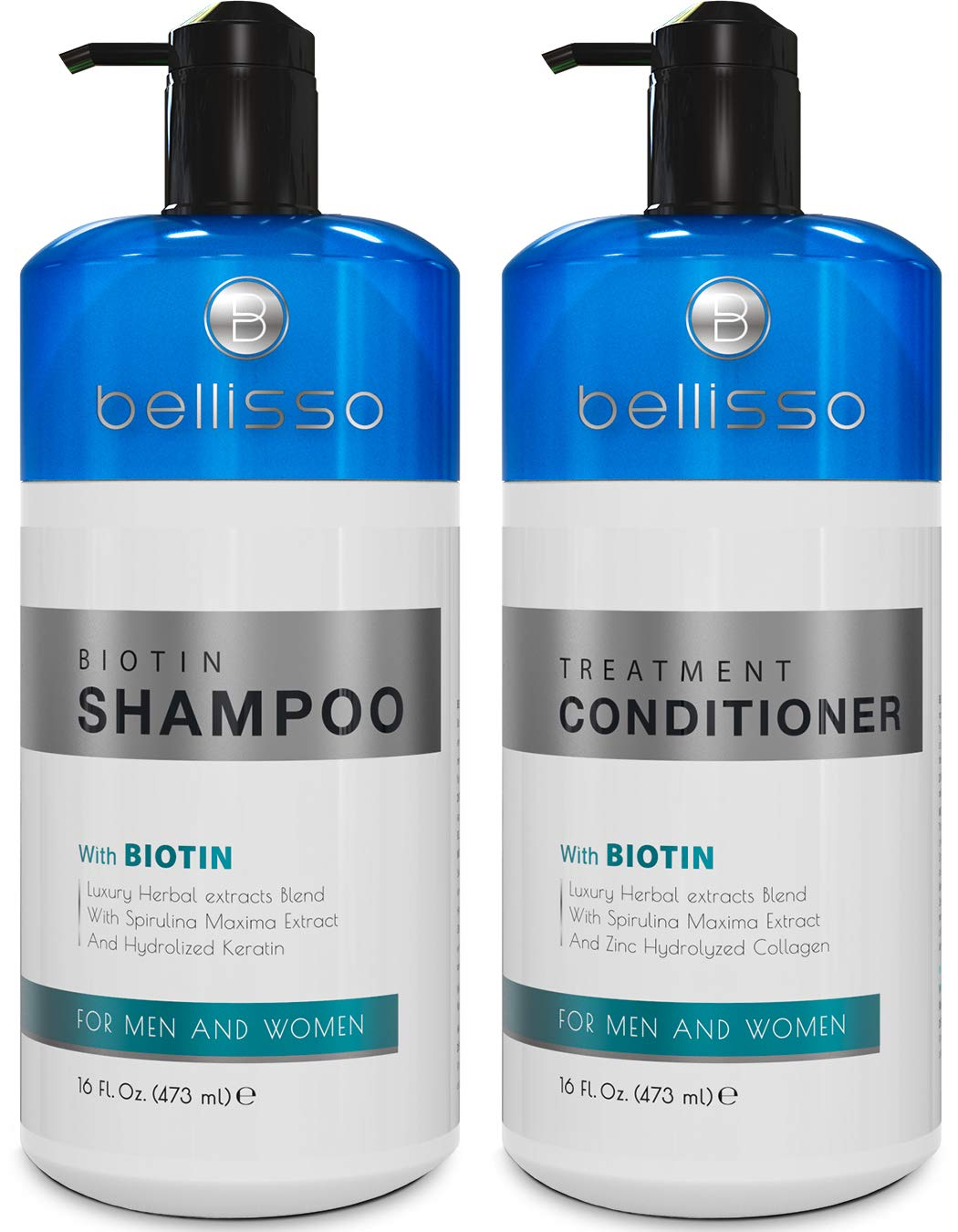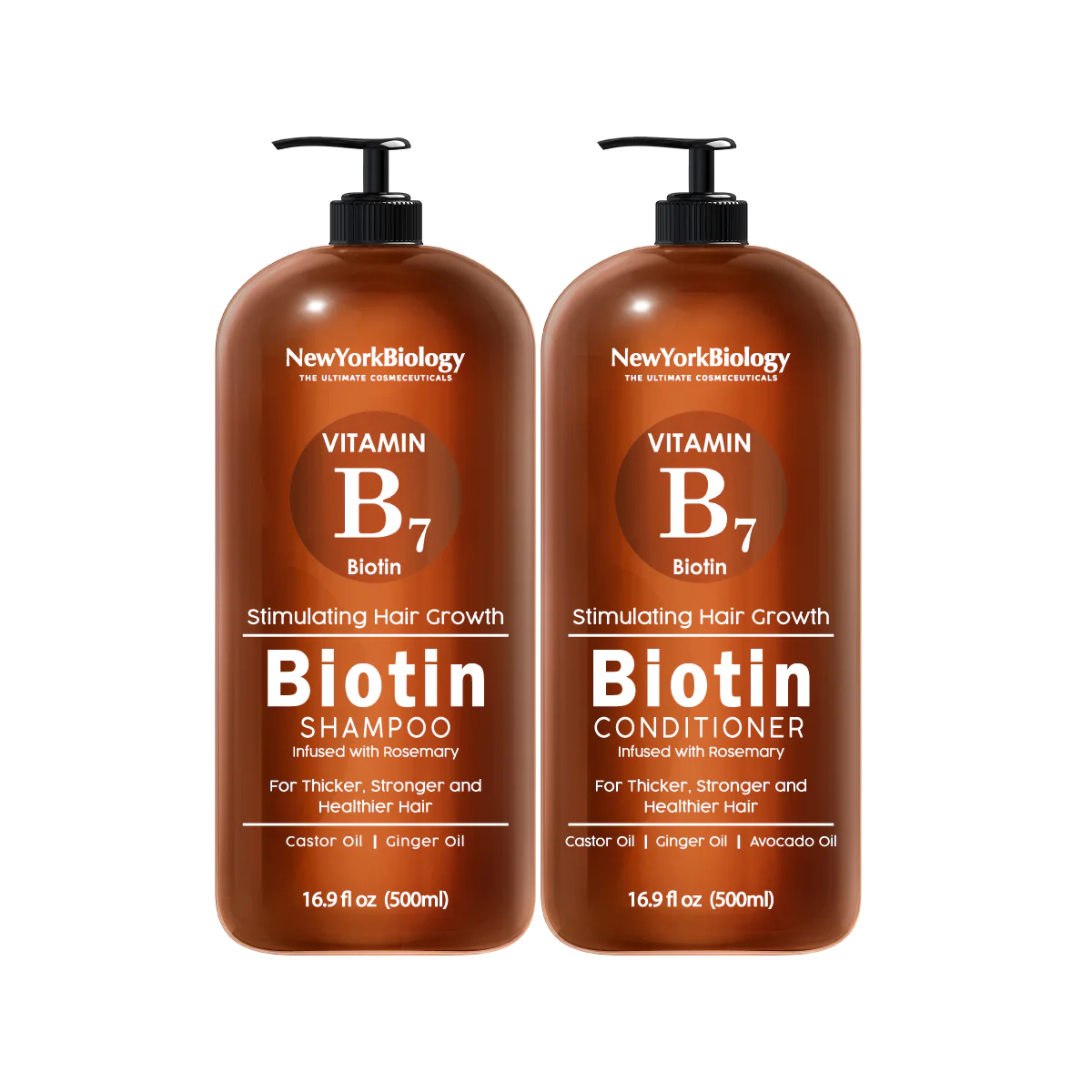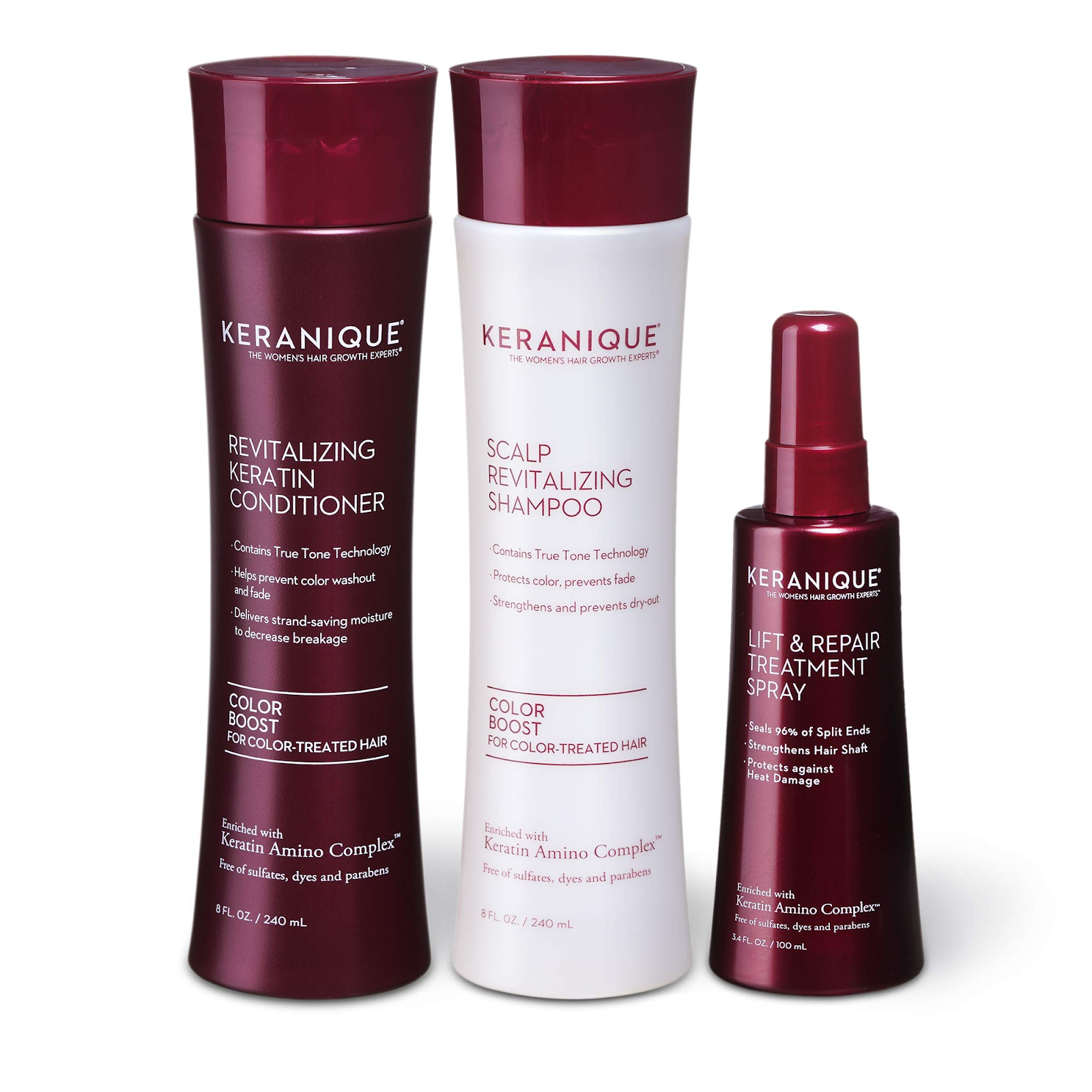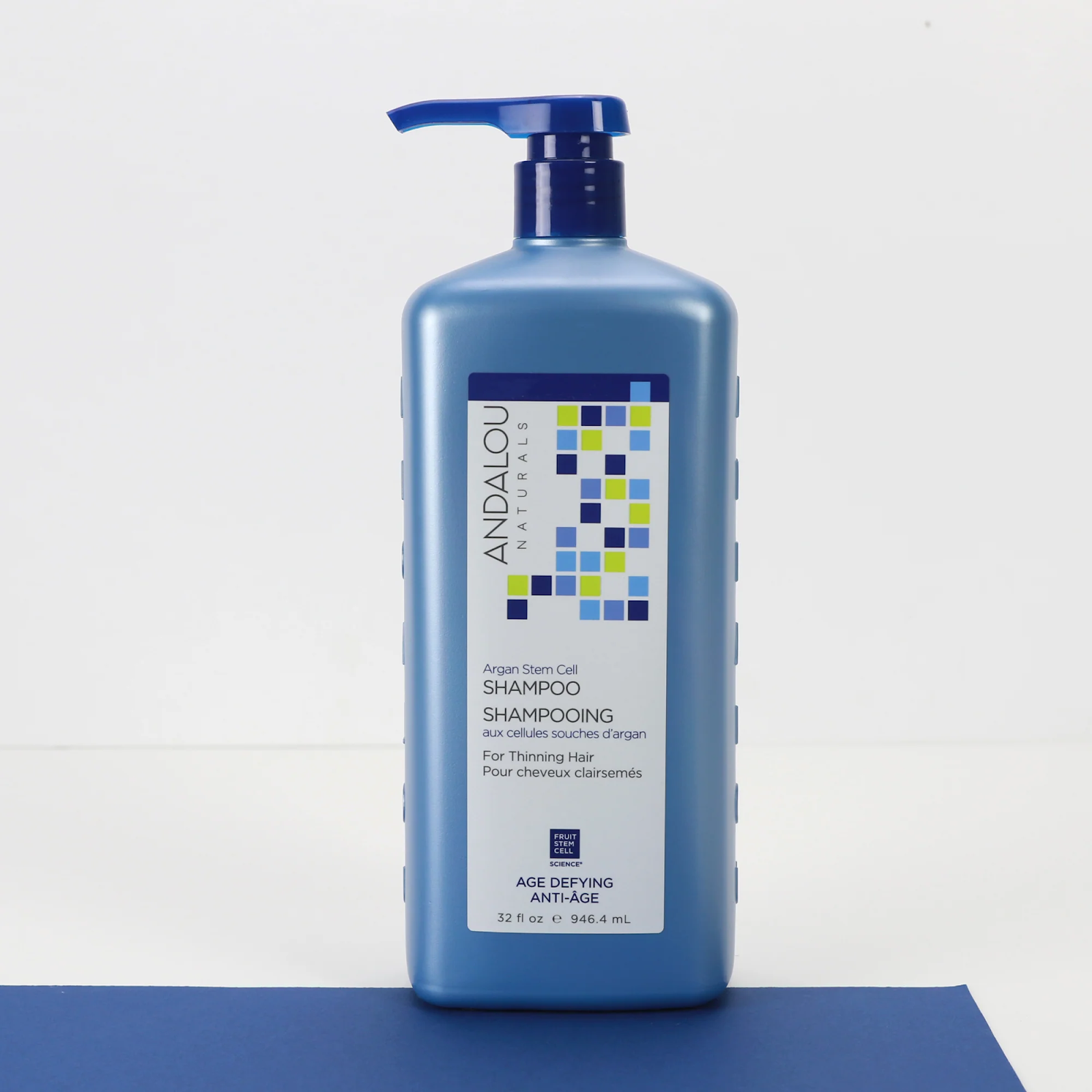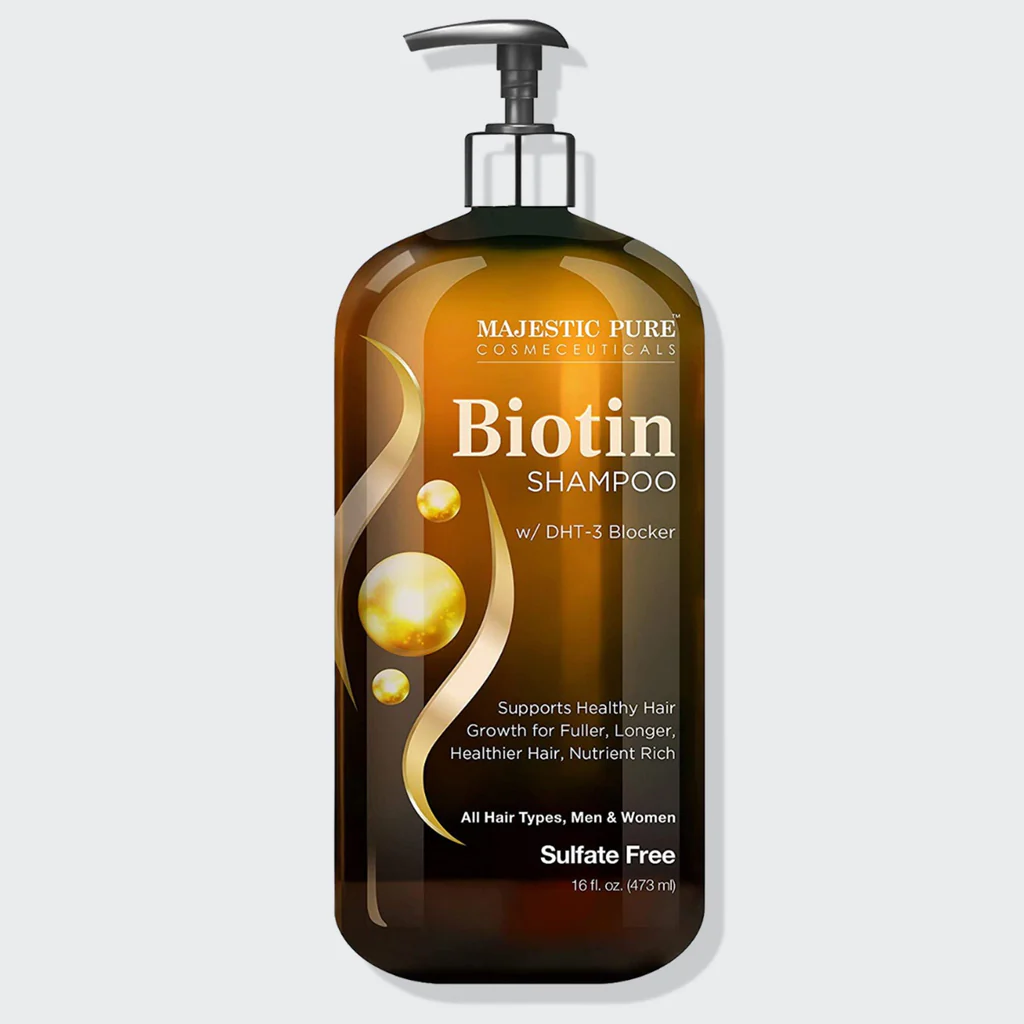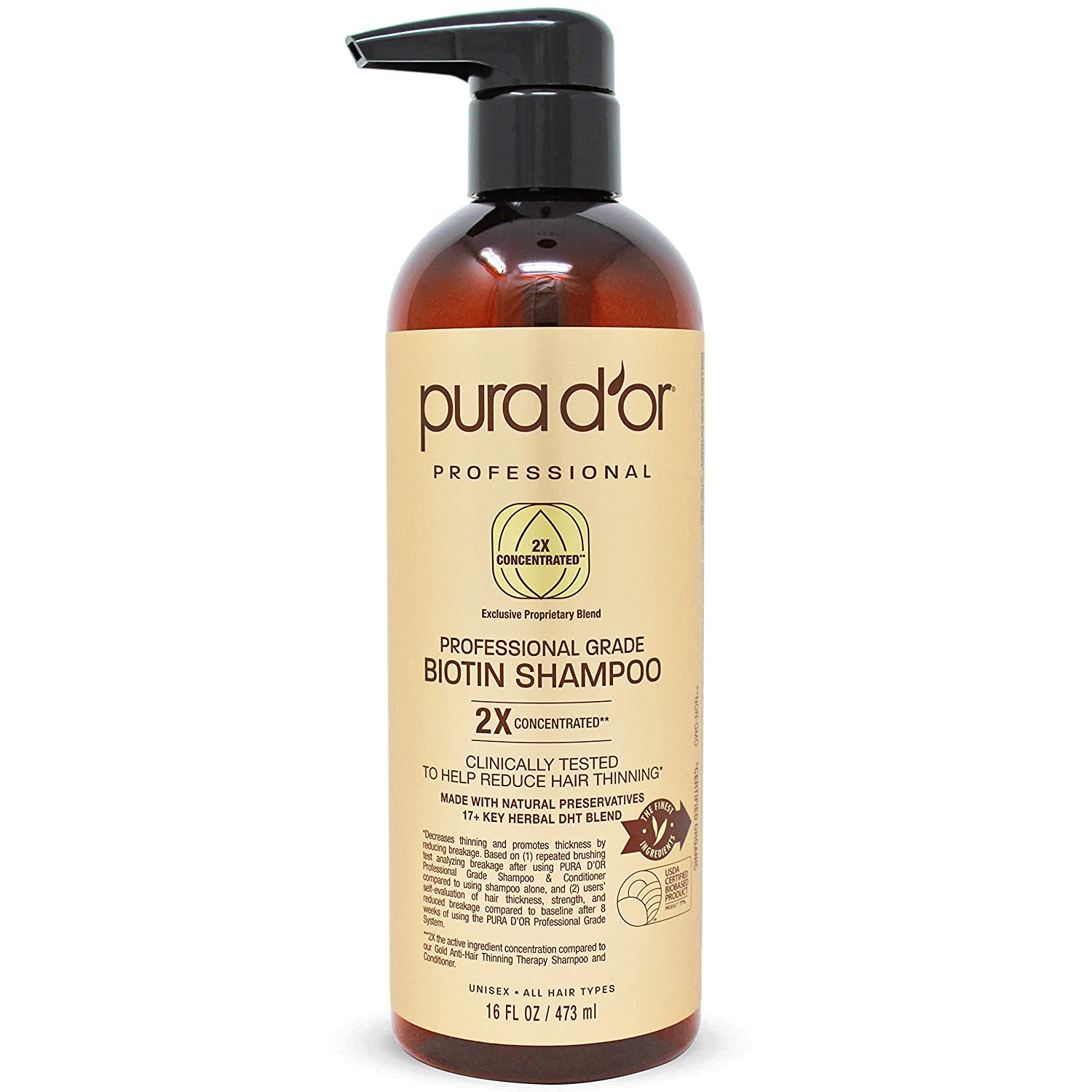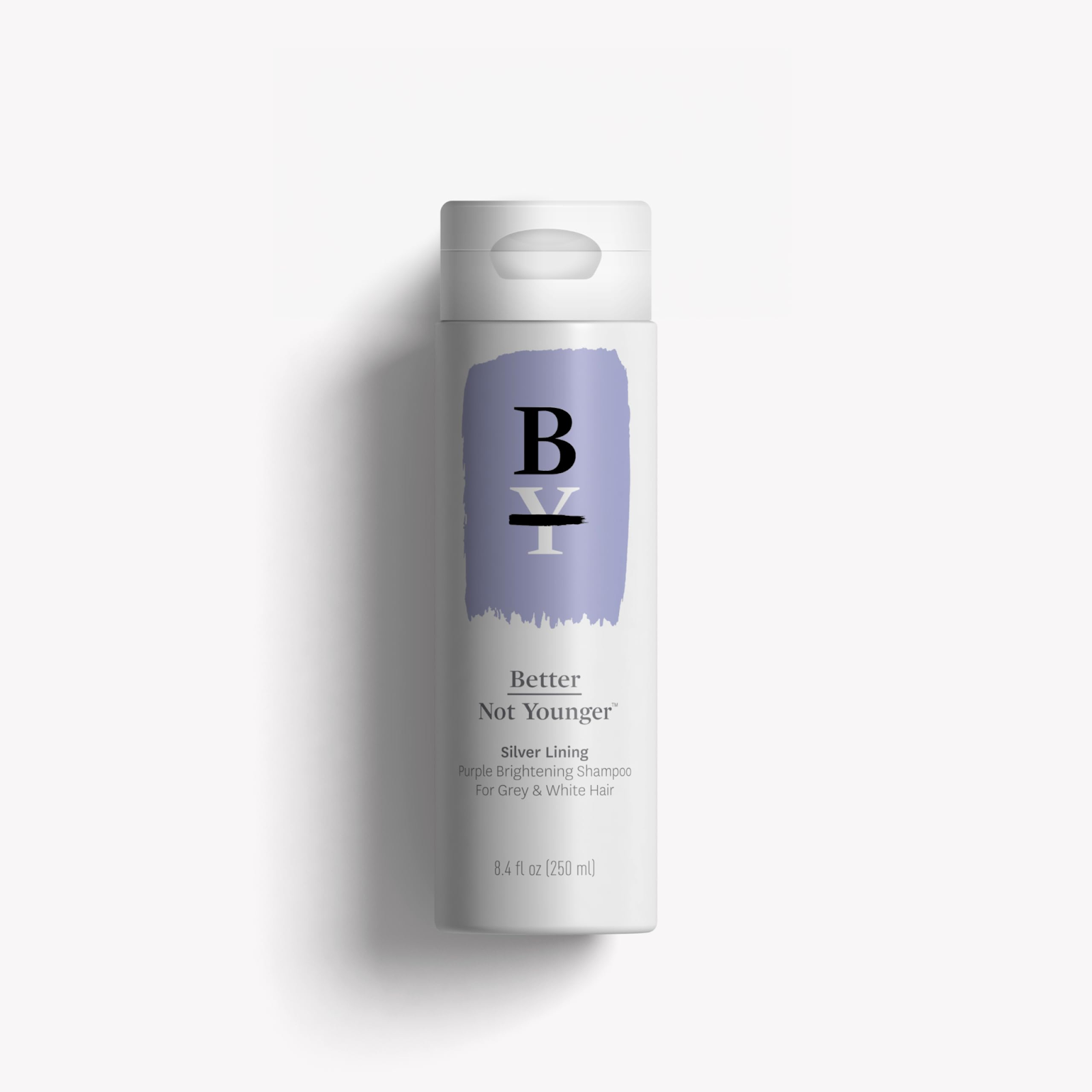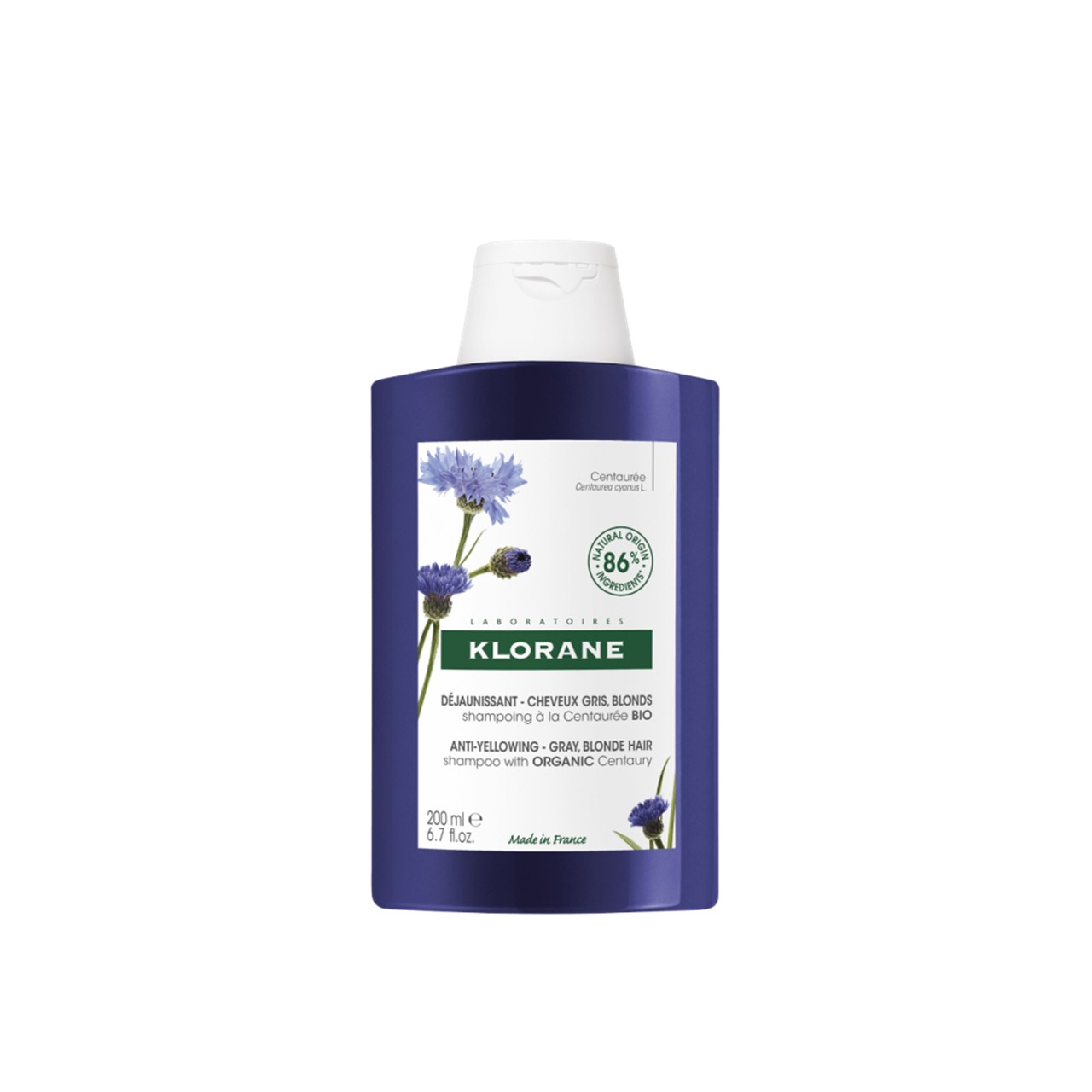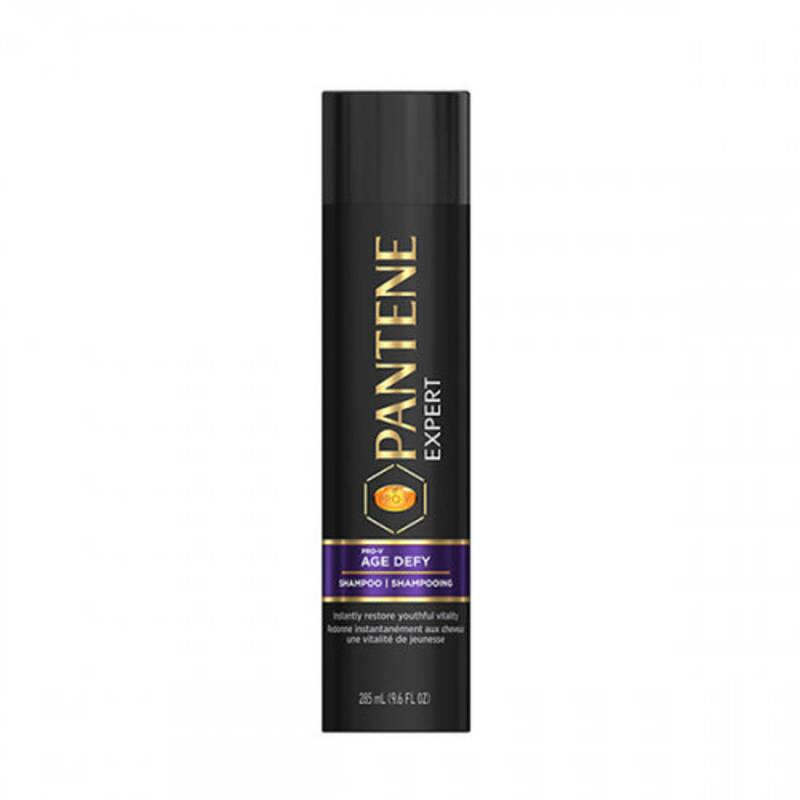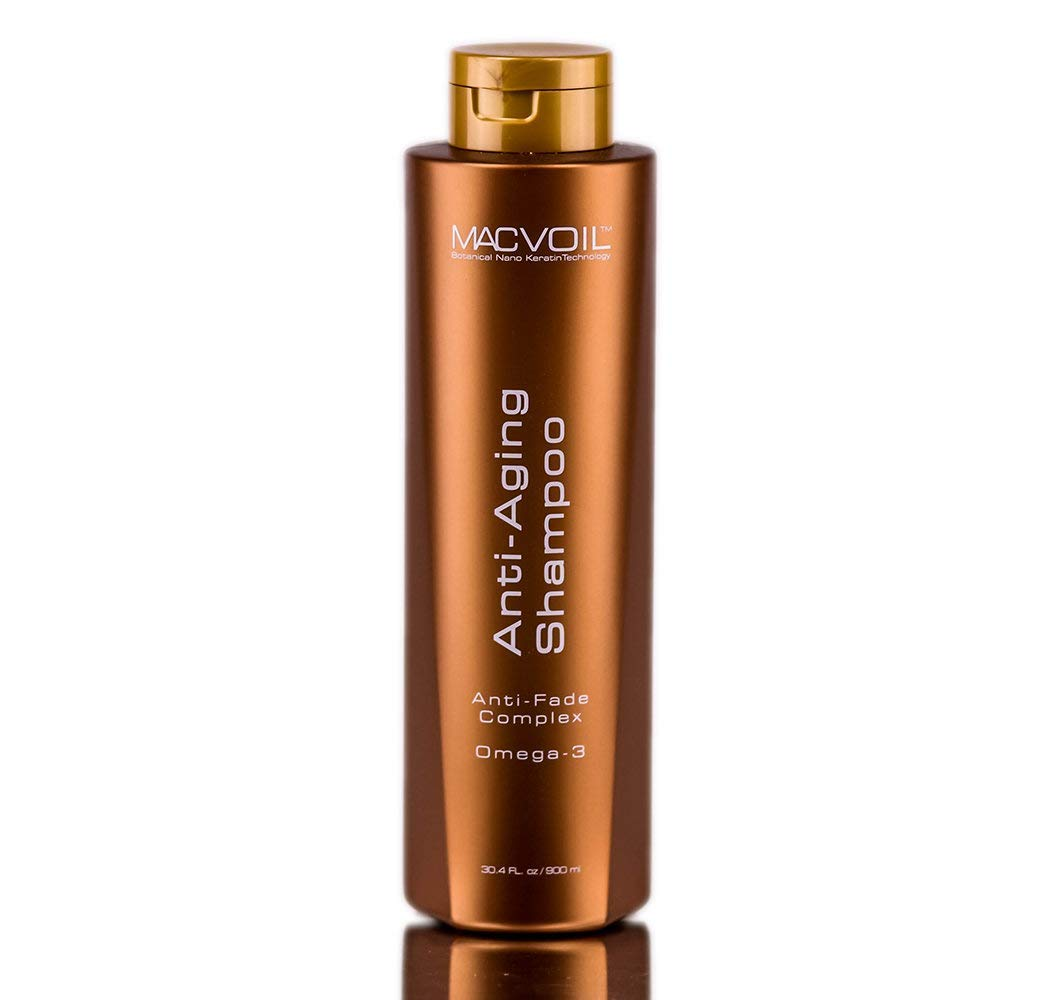Healthy and luscious hair is a dream for many. But sometimes, due to environmental factors, heat styling, chemical treatments, or lack of proper care, our hair becomes dry, brittle, and prone to breakage. In such situations, protein fillers come in handy. They are a type of treatment that can help repair damaged hair by restoring the missing proteins. This article discusses everything about protein fillers for hair, including what they are, how they work, step-by-step guide on how to use them and the best protein fillers available in the market.
What Is a Protein Filler for Hair?
A hair protein filler is a product used to strengthen hair and improve its overall health. It contains hydrolyzed proteins that penetrate the hair shaft and bind with the existing proteins to fortify the hair structure. This results in stronger, more resilient hair that is less prone to breakage.

How Do Protein Fillers Work?
Protein fillers work by repairing the damaged parts of the hair shaft. The hydrolyzed proteins present in the filler interact with the natural proteins in the hair and bind together to create a protective layer around each strand. This layer helps to rebuild damaged areas of the hair shaft which strengthens it from the inside out.
You should consider using a protein filler for your hair when it feels weak, brittle, or damaged. Signs of damaged hair include split ends, breakage, color fading, frizziness, and dryness. If you have chemically treated your hair or use heat styling tools frequently, then it is likely that your hair has lost some of its natural proteins. A protein filler can help repair the damage and restore the missing proteins.
Types of Protein Fillers
Animal-based protein fillers
Animal-based protein fillers are made from animal sources like keratin, collagen, and silk. These proteins are known to closely match human hair proteins and hence bond well with the hair. Animal-based protein fillers are great for people with chemically treated hair or those who frequently use heat styling tools.
Plant-based protein fillers
Plant-based protein fillers are made from plant sources like soy, wheat, and quinoa. These proteins are lighter than animal-based proteins and hence are suitable for people with finer hair. Plant-based protein fillers work well for people who want to strengthen their hair without adding excess weight.
Pros and Cons of Protein Fillers
Pros
- Strengthens hair: Protein fillers can help rebuild damaged areas of the hair shaft and strengthen it from within.
- Improves hair texture: Hair tends to feel smoother and softer after using a protein filler.
- Reduces breakage: By strengthening the hair, protein fillers can reduce hair breakage and split ends.
- Repairs chemical damage: People who frequently color their hair or undergo chemical treatments can benefit from protein fillers as they help repair the damage caused by these processes.
Cons
- Overuse can cause brittleness: Excessive use of protein fillers can cause the hair to become too hard and brittle, leading to breakage.
- Unsuitable for certain hair types: People with naturally coarse hair may find that protein fillers make their hair feel too stiff.
- Can lead to product buildup: Over time, protein fillers can build up on the hair, leading to dullness and lack of volume.
Step-by-Step Guide on How to Use a Protein Filler
If you’ve decided to give a protein filler a try, here’s a step-by-step guide on how to use it:
- Shampoo your hair and rinse it thoroughly.
- Towel-dry your hair so that itis damp but not dripping wet.
- Apply the protein filler to your hair, focusing on the damaged areas.
- Leave the filler on for the recommended amount of time (usually 5-10 minutes).
- Rinse your hair thoroughly with warm water.
- Condition your hair as usual.
Comparison with Other Hair Treatments
Protein fillers are just one type of treatment that you can use to strengthen and repair your hair. Here’s a comparison with some other popular hair treatments:
Protein fillers vs. Keratin treatments
Keratin treatments involve using a formaldehyde-based solution that is applied to the hair and then sealed in with heat. They help to smooth out frizz and make the hair more manageable. However, keratin treatments can be expensive and contain harsh chemicals that can damage the hair if overused. Protein fillers are a more natural and less expensive alternative that can help repair damaged hair without any harsh chemicals.
Protein fillers vs. Olaplex treatments
Olaplex treatments are designed to repair and protect the hair from chemical damage. They work by reconnecting broken bonds in the hair shaft to create a stronger, healthier structure. While Olaplex treatments are effective, they can be quite pricey and may not be suitable for all hair types. Protein fillers are a more affordable and versatile option that can benefit anyone with damaged hair.
Protein fillers vs. Hair masks
Hair masks are a great way to add moisture and nourishment to the hair. They come in a wide variety of formulations and can target specific hair concerns like dryness or breakage. While hair masks can help improve the overall health of the hair, they may not be as effective at repairing damage as protein fillers.
Tips for Using Protein Fillers
To get the most out of your protein filler treatment, here are some tips that you should keep in mind:
- Don’t overuse protein fillers: Using a protein filler too frequently can cause the hair to become stiff and brittle. Limit use to once every two weeks.
- Use the right amount: Too much protein filler can cause buildup on the hair, while too little won’t have any effect. Follow the instructions carefully and use the recommended amount.
- Follow up with conditioner: After using a protein filler, make sure to condition your hair as usual to keep it soft and manageable.
- Be patient: Protein fillers take time to work, so don’t expect immediate results. It may take several treatments before you start to see improvements in your hair’s health.
The Best Protein Fillers for Hair
Aphogee Two-Step Protein Treatment
The Aphogee Two-Step Protein Treatment is a popular choice for people with severely damaged hair. It contains hydrolyzed proteins that penetrate the hair shaft to strengthen and repair it from within. This treatment comes in a two-part system that includes a balancing moisturizer to restore the hair’s natural moisture balance.
Olaplex No. 3 Hair Perfector
While technically not a protein filler, the Olaplex No. 3 Hair Perfector is a great option for people looking to repair damaged hair. It works by reconnecting broken bonds in the hair shaft to create a stronger, healthier structure. This treatment is suitable for all hair types and can be used weekly for maximum benefits.
ApHogee Keratin 2 Minute Reconstructor
The ApHogee Keratin 2 Minute Reconstructor is a quick and easy way to add strength and moisture to the hair. It contains hydrolyzed keratin and amino acids that penetrate the hair shaft to repair damage and improve texture. This treatment is suitable for all hair types and can be used once a week for best results.
Conclusion
Protein fillers are an effective way to repair damaged hair and restore its natural strength and resilience. They work by penetrating the hair shaft and binding with the existing proteins to create a protective layer that strengthens the hair from within. While protein fillers have their pros and cons, they are generally a safe and affordable option for anyone looking to improve their hair’s health. By following the steps and tips outlined in this article, you can use protein fillers to achieve healthier, more beautiful hair.
FAQs
1. Can protein fillers make my hair too stiff? Yes, overusing protein fillers can cause the hair to become stiff and brittle. It’s important to use them in moderation and follow the instructions carefully.
2. How often should I use a protein filler? It’s recommended to use a protein filler once every two weeks. Using it too frequently can cause buildup on the hair.
3. Can protein fillers be used on colored hair? Yes, protein fillers are safe to use on colored hair. In fact, they can be particularly beneficial for colored hair, which can become damaged from the coloring process.
4. Are protein fillers suitable for all hair types? Yes, protein fillers are suitable for all hair types, including curly, straight, thick, and fine hair. However, it’s important to choose a protein filler that is appropriate for your specific hair type and concerns.
5. Can I leave a protein filler on my hair for longer than the recommended time? No, it’s not recommended to leave a protein filler on your hair for longer than the recommended time. Doing so can cause the hair to become stiff and brittle. Follow the instructions carefully and rinse the filler off after the recommended amount of time has passed.

